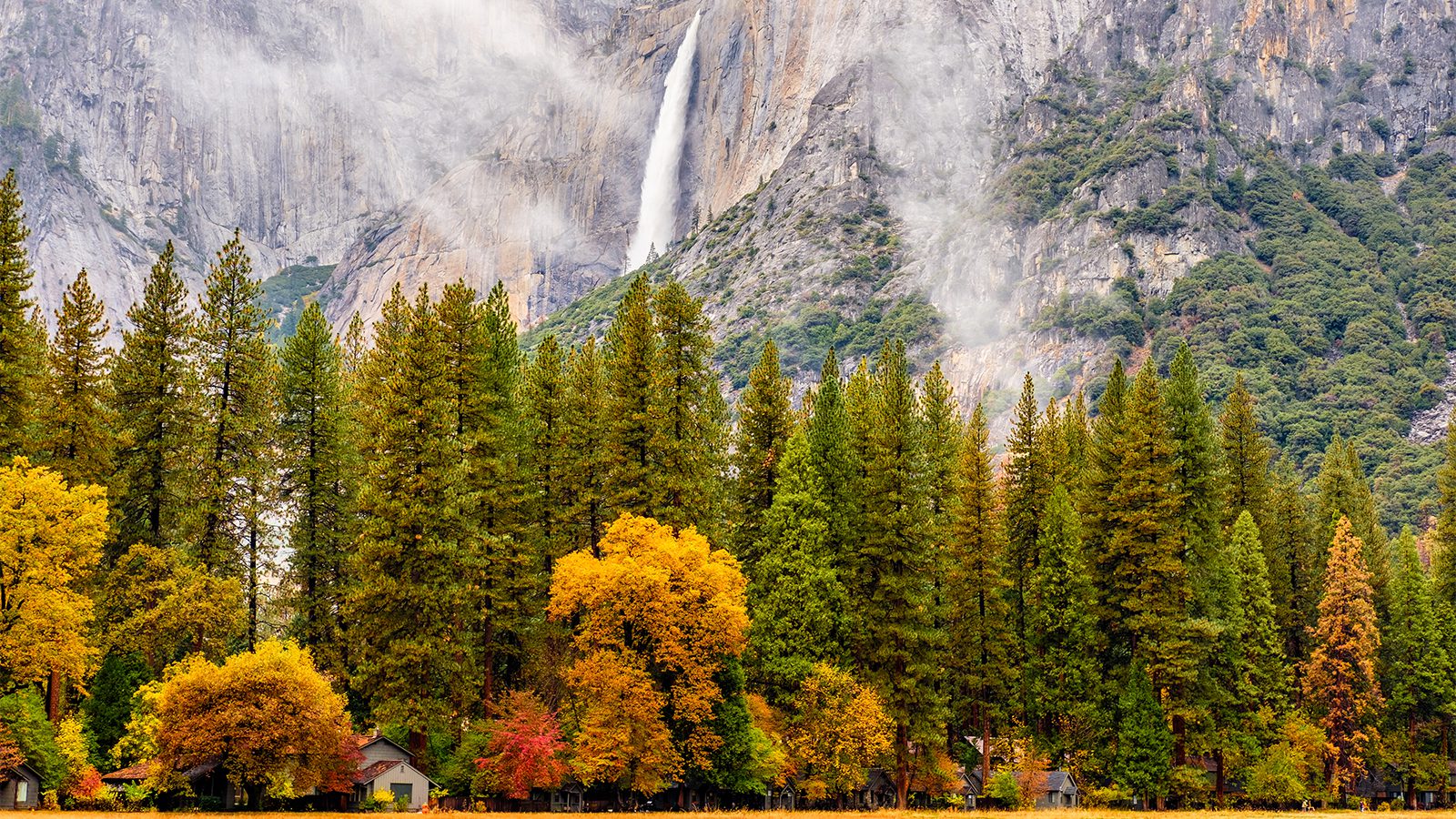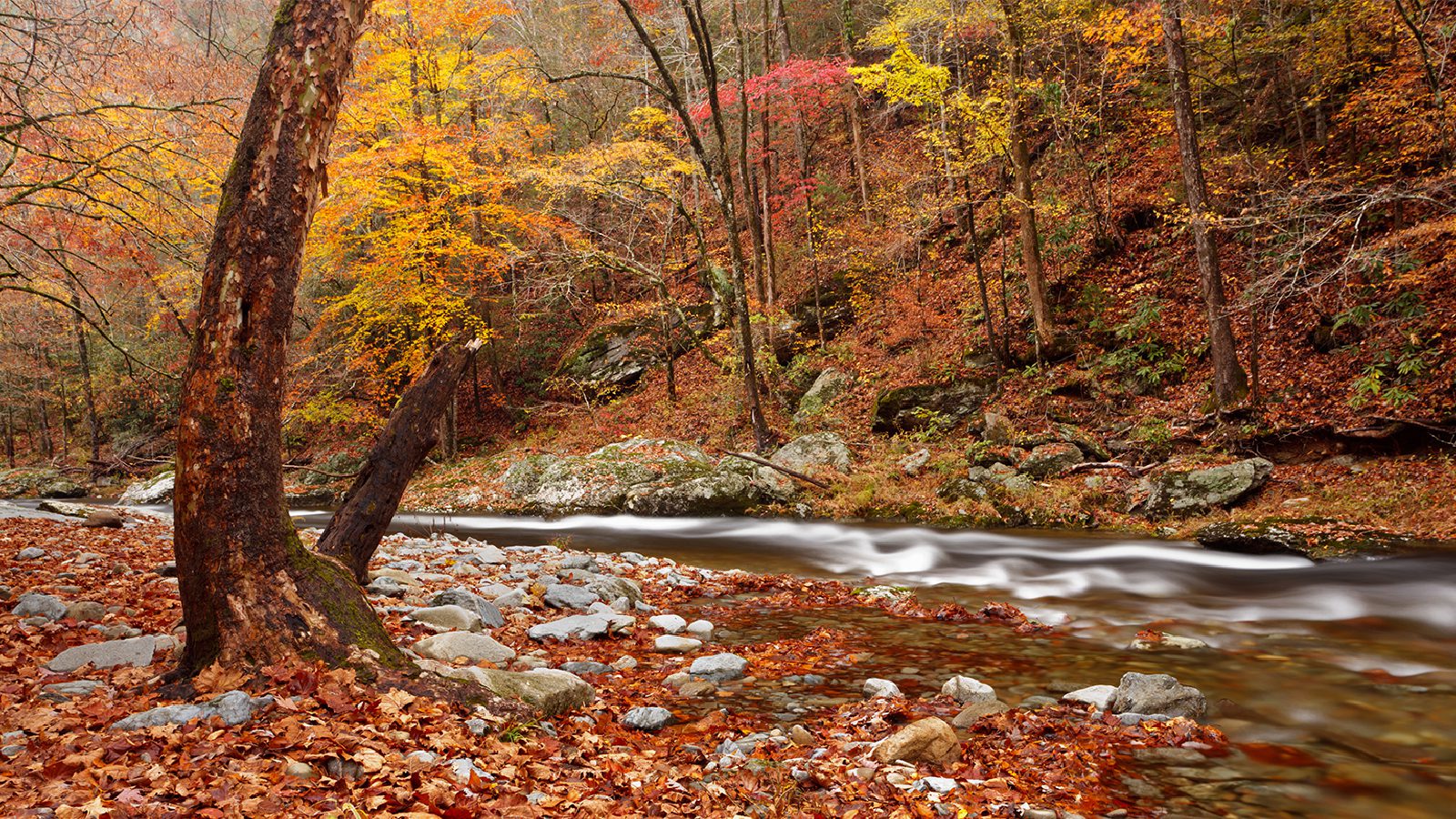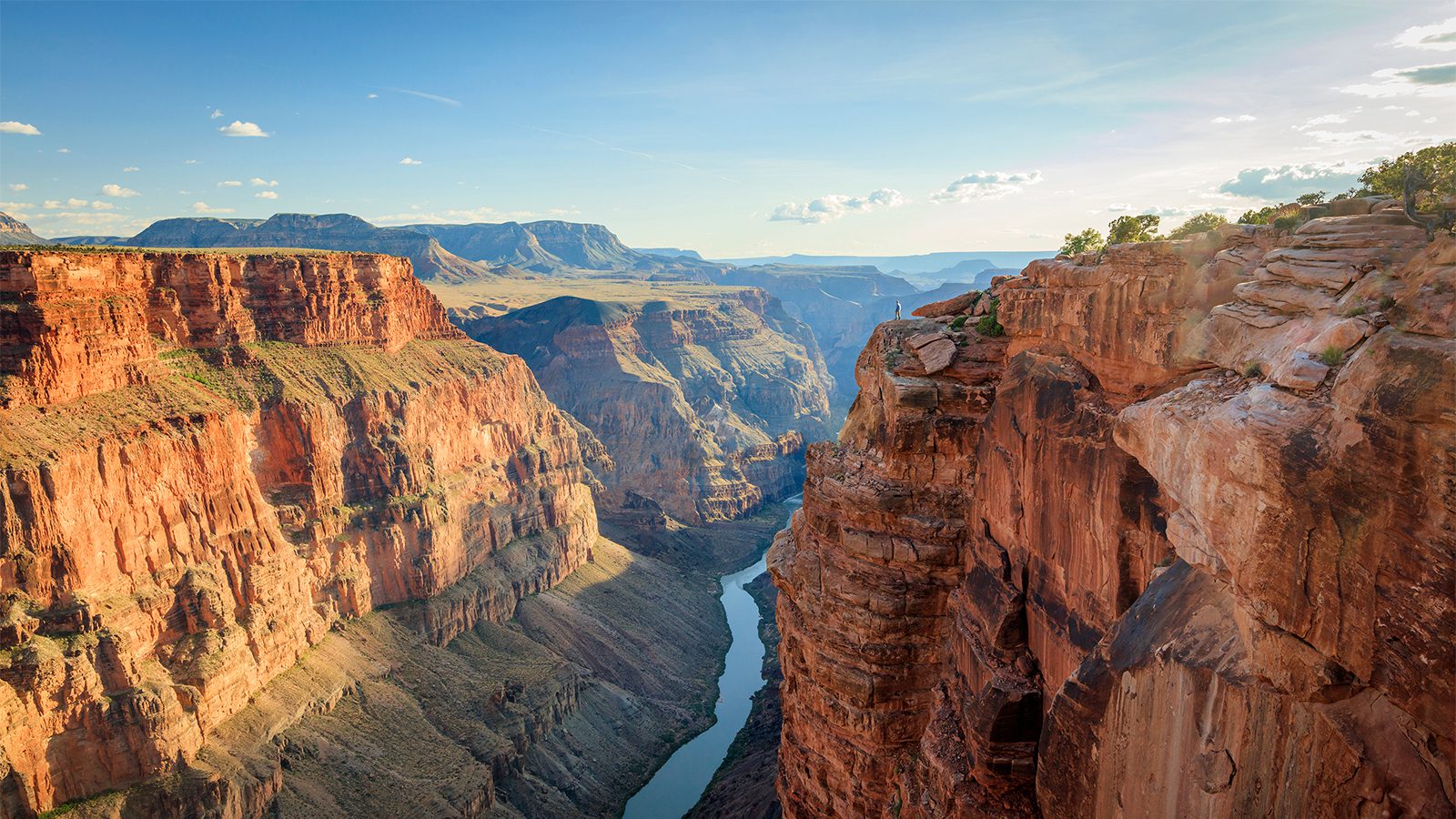Seasons at Great Smoky Mountains National Park
Summer (21 June to 22 September)
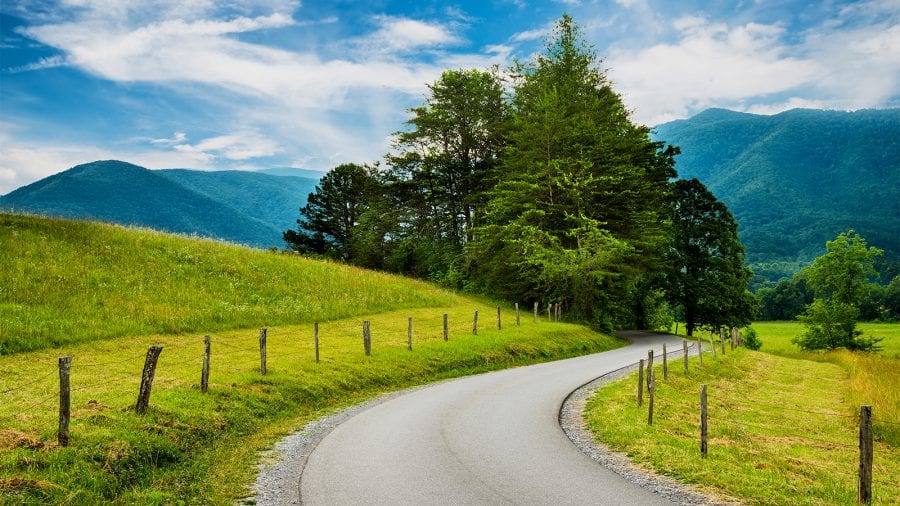
The Great Smoky’s lower elevations experience high temperatures ranging from the high 80s to low 90s while temperatures drop to the 60s and 70s at night.
As this is the high season, reservations for cabins and campground spots quickly fill up, so make reservations early if you plan on visiting the park during the summer.
Summer is the most popular time to visit the park, so expect heavy traffic in the park’s most popular areas, which include Cades Cove, Newfound Gap, and Roaring Fork, and heavy foot traffic on its most popular trails, which include Laurel Falls, Andrews Bald, and Chimney Tops.
Read More : 12 Essentials to Bring for Summer Camping
Fall (23 September to 20 December)
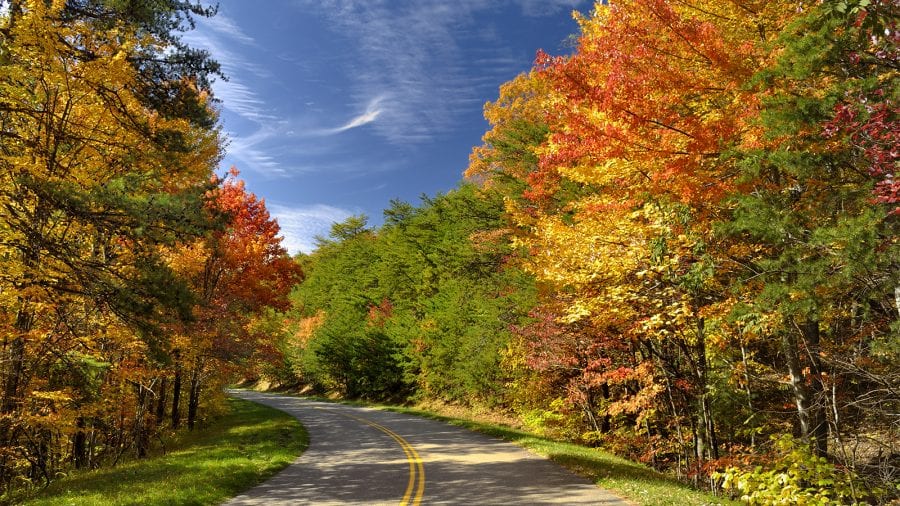
Fall is perhaps the best time of year to visit the park with temperatures reaching comfortable highs in the 70s and 80s during the day and dropping into the 50s in the evenings.
Fall foliage is a major draw for the park, resulting in crowds on the weekends from mid-September through October. Reservations for cabins and campgrounds quickly fill up for this period.
Late fall brings sub-freezing temperatures at night and snow at higher elevations in the park.
Winter (21 December to 19 March)
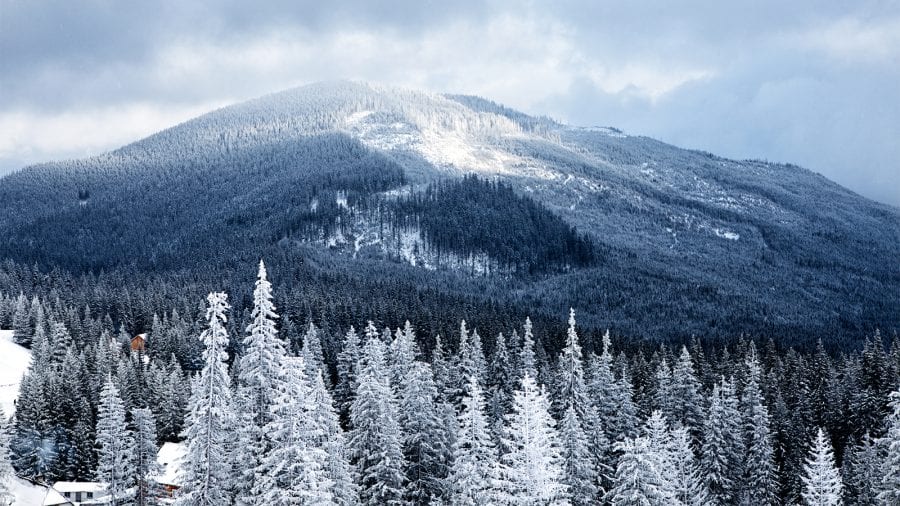
With the Great Smoky located in the southeast, winters are generally mild in the park with the exception of the park’s higher elevations, which can see large volumes of snowfall.
Highs during the day are in the 40s and 50s with temperatures dropping below freezing at night.
Rates for cabins and other accommodations are at their lowest during the winter with the exception of the Christmas holiday. Many trails remain open during the winter with some opportunities to see features unique to the season including snow-covered balds and frozen waterfalls.
Some parts of the park do close during the wintertime.
Read More : Winter Camping Checklist – 11 Gear to Bring with You
Spring (20 March to 20 June)
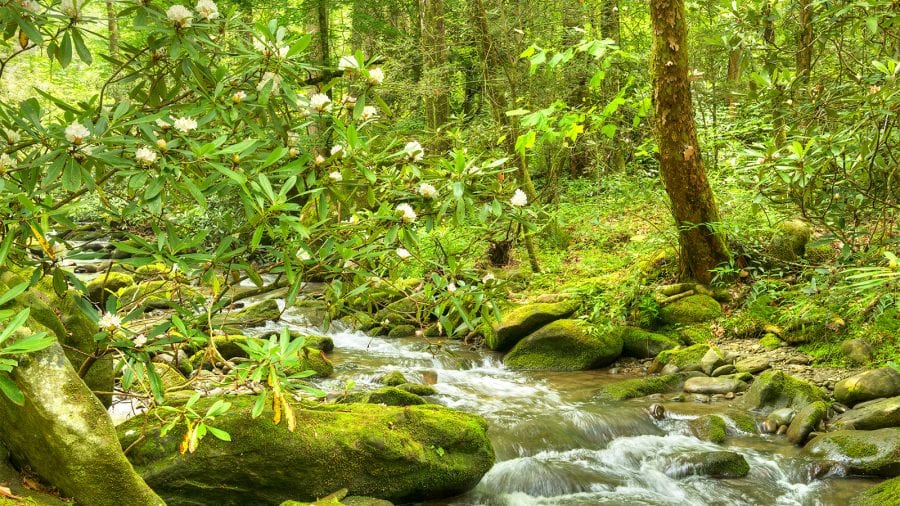
Temperatures and weather can be unpredictable in the Great Smoky in early spring with March snowfalls not uncommon.
Warmer weather in April and May see the bloom of wildflowers throughout the park. Temperatures reach highs in the 60s during the day and dip into the 40s at night.
Visitor traffic in the park is low in early spring but slowly builds as the weather warms and the peak summer season nears. Accommodations become less available with the arrival of warmer weather and spring break for many schools.
Memorial Day is one of the most crowded weekends of the year.
Andrew Dodson
Andrew Dodson is an avid camper who enjoys the great outdoors with his wife and two-year-old son. He resides in Colorado, where you can often find him enjoying hikes with a toddler strapped to his back and mini goldendoodle Percy nearby.
